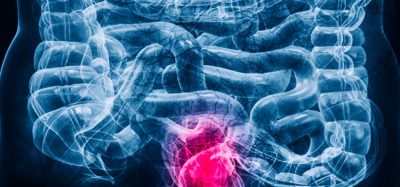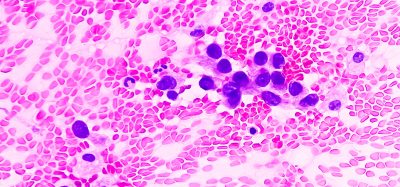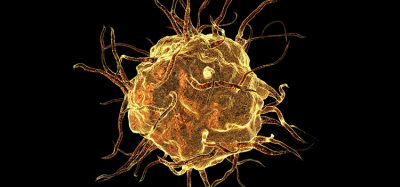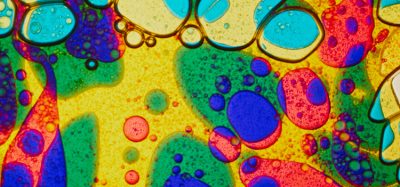New approach shows regeneration of severely damaged lungs
Posted: 7 May 2019 | Drug Target Review | No comments yet
Researchers are first to demonstrate in a clinically relevant model that damaged lungs can be regenerated to meet transplantation criteria.
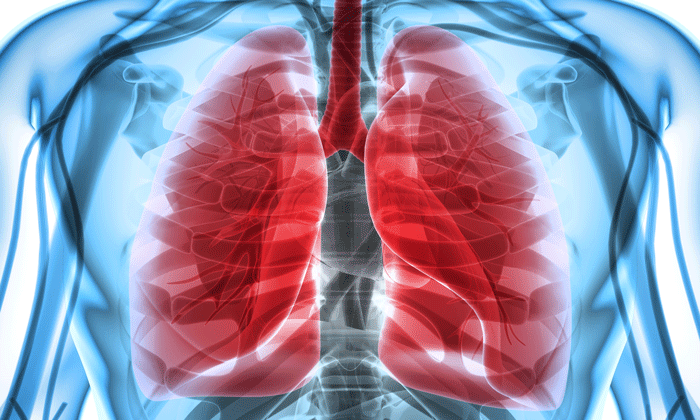
In a study published on Nature Communications’ website, the researchers describe the cross-circulation platform that maintained the viability and function of the damaged donor lung and the stability of the recipient for 36 to 56 hours.
“To support lung recovery and to demonstrate cellular regeneration, we had to pursue a radically different approach and develop more minimally invasive diagnostics,” explained Brandon Guenthart, a lead author of the study. Current methodologies of lung support are limited to only six to eight hours, a time that is too short for therapeutic interventions that could regenerate the injured lung and improve its function.
The team, co-led by Gordana Vunjak-Novakovic, University Professor and The Mikati Foundation Professor of Biomedical Engineering and Medical Sciences at Columbia Engineering, and Matthew Bacchettaunjak-Novakovic, the H William Scott Professor of Surgery at Vanderbilt University, and adjunct professor at Columbia’s department of biomedical engineering, also developed new diagnostic tools for the non-invasive evaluation of the regenerating lung.
They expect their advance will lead to an increase in the number of lungs for transplant, through the recovery of severely damaged lungs that are currently unsuitable for clinical use.
A previous study from the team demonstrated a cross-circulation platform that maintained the viability and function of a donor lung for 36 hours. The researchers were able to use their advanced support system to fully recover the functionality of lungs injured by ischemia (restricted blood supply) and make them suitable for transplant.
For this new study (named Recovery of severely damaged lungs using an interventional cross-circulation platform), the team tested the effectiveness of their platform technology combined with conventional therapies and new diagnostics on lungs afflicted by the most frequent injury leading to donor lung rejection – gastric aspiration. This injury is caused by the entry of gastric material into the respiratory tract, resulting in severe injury to the pulmonary epithelium and thus making the lung unacceptable for transplantation.
Currently, severely damaged donor lungs cannot be salvaged using existing devices or methods. This new study suggests that lungs injured by gastric aspiration can be maintained outside the body for several days, are amenable to repeated therapeutic interventions, and display evidence of cellular regeneration and improved function. Lungs regenerated on this platform met all criteria for transplantation.
The team plans to conduct further studies to evaluate the functional capacity of the lungs following transplantation and the safety of the method, using a clinically relevant large animal model with immunosuppression.
Related topics
Analysis, Cell Regeneration, Research & Development
Related conditions
Gastric aspiration
Related organisations
Columbia Engineering, Nature Communications, Vanderbilt University



